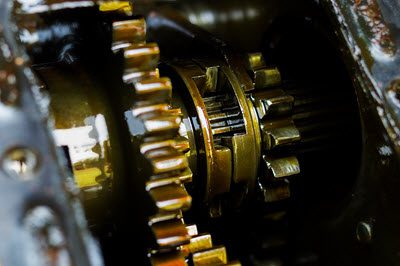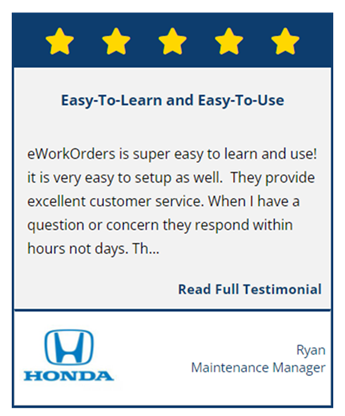
In any manufacturing operation, machine failure is a costly and disruptive event. The downtime required for repairs can result in lost production, missed deadlines, and decreased efficiency. Preventive maintenance measures, including regular lubrication, can help reduce the risk of machine failure and ensure that equipment is running at peak performance.
Lubrication plays a critical role in the proper functioning of machines in industrial manufacturing. It reduces friction between moving parts, dissipates heat, and protects against wear and corrosion. Lubrication can extend the life of a machine and minimize the need for repairs.
Key Factors for an Effective Lubrication Program
Simply adding oil or grease to a machine is not enough. Proper lubrication requires a systematic approach that considers factors such as machine type, application, and operating conditions. Below are some key factors to consider when implementing a lubrication program:
Creating a Maintenance Program: A well-planned maintenance schedule ensures that lubrication is done consistently and on time. The schedule should include a detailed description of equipment, suggested lubricants, and frequency of lubrication.
Identify Lubrication Points: Different machines require varying levels of lubrication. Identifying lubrication points on each machine ensures that the correct lubricant type and amount are administered to the correct area.
Choose the Proper Lubrication: The lubricant to use is determined by the machine type, the type of motion involved, and the working conditions. For example, a high-temperature application may necessitate a different type of lubricant than a low-temperature use.
Proper Application Methods: Proper application procedures are also vital in guaranteeing effective lubrication. This includes knowing the proper amount of lubricant to use, as well as the proper time and frequency of lubrication.
Maintaining Accurate Records: Keeping accurate records is crucial for tracking lubrication schedules, the amount of lubricant used, and the effectiveness of the program. This data can help identify potential issues before they become major problems.
Regular Monitoring and Analysis of Lubrication Data: Regular monitoring of lubrication data, such as oil analysis and machine vibration analysis, can help detect potential problems before they lead to machine failure.
Employee Training: It is important to ensure that employees responsible for lubrication are properly trained and have the necessary skills to perform their tasks effectively. This includes providing training on lubricant properties, handling and storage procedures, and application methods.
Implementing a proper lubrication program is an investment in the longevity and performance of industrial manufacturing machines. It can reduce the risk of machine failure, increase productivity, and lower maintenance costs.
Efficient Lubrication Program Management with CMMS Software
In order to maintain equipment reliability and optimize performance, effective lubrication programs are essential. One way to achieve this is through the use of Computerized Maintenance Management System (CMMS) software. CMMS software can help manage the data related to lubrication programs in the following ways:
Asset Tracking: CMMS can be used to track equipment and assets that require lubrication. This includes maintaining a comprehensive database of equipment, lubrication schedules, and lubricant specifications.
Work Orders and Scheduling: CMMS can generate work orders for lubrication activities, including information on the lubricants required, the amount to be used, and the frequency of application. The system can also be used to schedule lubrication activities and track their completion.
Inventory Management: CMMS can help manage inventory levels for lubricants, ensuring that the right amount of lubricant is always available when needed. This includes setting up automated alerts for low inventory levels and managing reordering processes.
Data Analysis and Reporting: CMMS can analyze data related to lubrication activities, such as usage trends, equipment reliability, and lubricant performance. Reports can be generated to identify potential issues, optimize lubrication schedules, and improve overall equipment performance.
Employee Training and Certification: CMMS can maintain employee training and certification records, ensuring that personnel responsible for lubrication have the necessary skills and knowledge to perform their tasks effectively.
Final Thoughts
Preventive maintenance is the practice of regularly inspecting and maintaining equipment to prevent breakdowns and prolong its lifespan. Lubrication is a critical aspect of preventive maintenance, as it reduces friction and wear between moving parts, helps dissipate heat, and prevents corrosion. Proper lubrication can significantly increase the efficiency and reliability of equipment, leading to cost savings and improved safety. However, improper lubrication can cause equipment failures and even safety hazards. Therefore, it is crucial to follow manufacturer guidelines and use the right type and amount of lubricant for each application. Regular lubrication checks and maintenance should be part of any preventive maintenance program.
